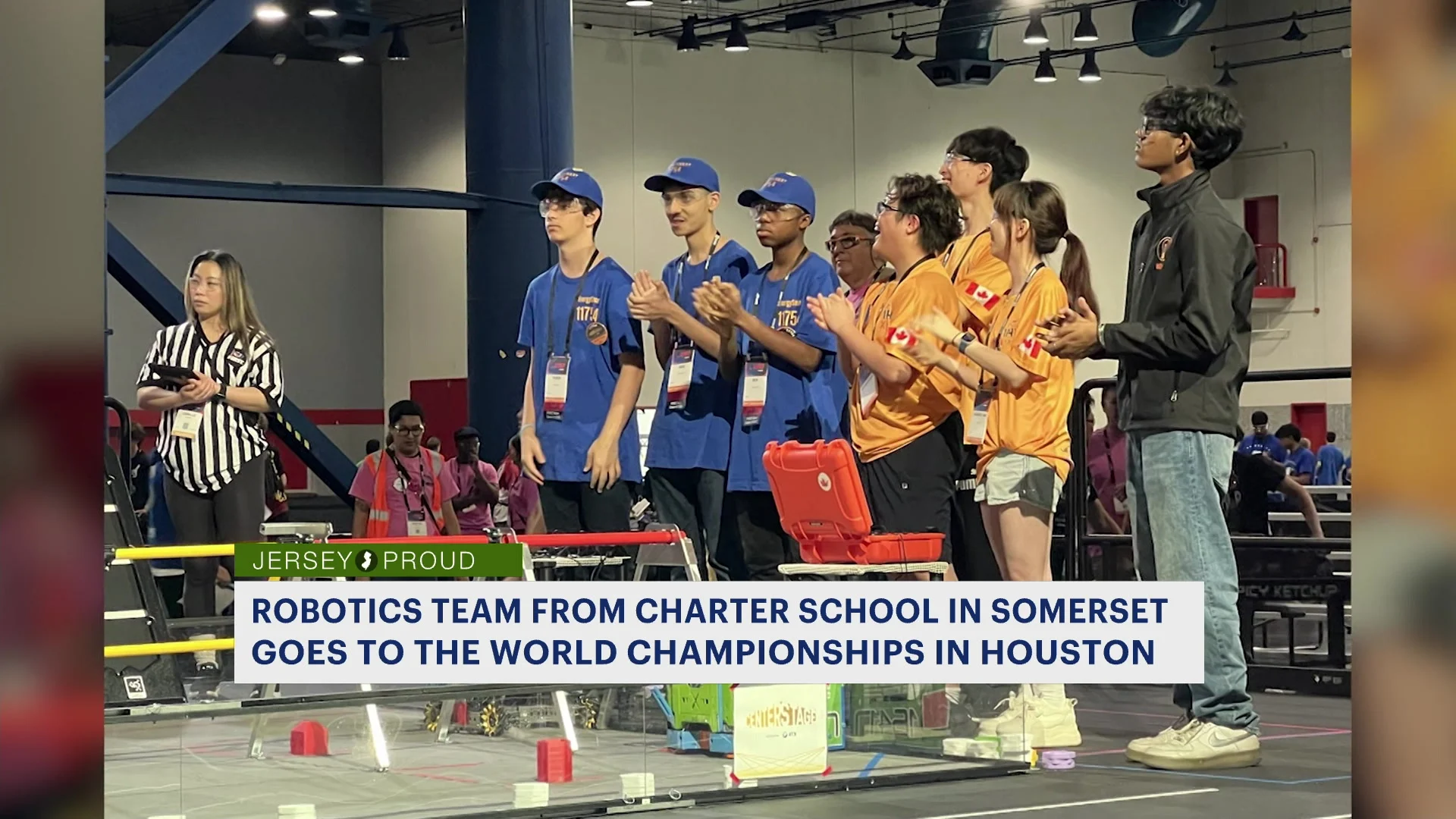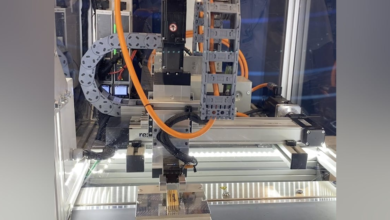Meet The Swiss Start-Up Taking On The Tech Giants In Robotics And AI

Mimic thinks its robotic hand can capture a chunk of the market for AI-trained humanoid robotics
The race to develop “humanoid robots” powered by artificial intelligence is accelerating, with firms such as Figure, Sanctuary and 1X, often backed by big tech sector names, raising hundreds of millions of dollars from investors. However, one seemingly unlikely competitor in this race is Mimic, a Swiss start-up that is today announcing a $2.5 million fund-raise of its own.
Unlike its competitors, which are staffed by Google alumni or backed by investors including Open AI and Amazon’s Jeff Bezos, Mimic is flying below the radar. Launched earlier this year, the company was spun out of a research project at ETH Zurich university. Its founders, Elvis Nava, Stefan Weirich, Stephan-Daniel Gravert and Benedek Forrai all worked on the original research.
In practice, of course, businesses and consumers alike have been using robots and robotic devices for decades. But in almost every case, the device is programmed for a single task – to work on an assembly line in a factory, say, or to mow the lawn. By contrast, today’s race is to build a robot that users can teach to do multiple different jobs, just as humans can be trained to do many different roles.
“We’re operating at the intersection of artificial intelligence and robotics,” explains Mimic’s Elvis Nava. “Using generative AI, our robots will learn how to do what is expected of them.”
At the most high-profile companies, developers are building full-scale humanoid figures that can move around the workplace or the home to whereever work needs doing. But this requires highly-sophisticated engineering with expensive components and will carry a very high price tag. By contrast, Mimic thinks it can steal a march with a simpler product.
“Most of the use cases for these robots are stationary and don’t require a full humanoid figure,” Nava explains. “We’ve therefore concentrated on something that mimics a human hand.”
The idea is deceptively simple. Mimic’s robotic hand will have a similar level of manual dexterity of a human hand and you’ll be able to tell it what job you want it to do. You’ll do that either by giving verbal instructions in natural language, or by demonstrating to a camera. Either way, the robot’s generative AI engine will understand what you’re asking of it and the robot will get on with the job.
“This sort of technology seemed like science fiction as recently as a year or two ago,” adds Nava. “But it’s now becoming a reality at a very rapid pace.”
Mimic, he concedes, hasn’t quite reached the stage where it is ready for a commercial roll-out of a device that functions this way; currently, its robotic hand needs to be trained by technicians, and pilot projects are still being carried out. But the company has already shown what is possible, Nava says.
The use cases for such a robot are extensive, particularly for businesses struggling with labour shortages and looking to automate. Mimic sees the food service industry as one big opportunity – its robot could be used to make cups of coffee or to flip burgers, for example. Sorting is another idea, with the robot replacing humans who sort and pick by hand. The pharmaceuticals industry is also interesting, with potential to replace technicians who move samples through the lab, for example.
For industrial customers, one huge benefit will be scalability, says Gravert, one of Nava’s co-founders. “Once you’ve trained the robot to do a particular job, you can employ a whole army of robots to do the same job elsewhere with no need to train each one anew,” he says. Fast-food restaurant kitchens, he points out as an example, tend to be almost identical.
Whether Mimic can secure a chunk of such markets ahead of its big-name competitors remains to be seen, but the founders are optimistic.
“Our solution is focused on close collaboration with industry clients, as opposed to pure research; moreover, we are not planning to build an entire humanoid robot, so we can be laser-focused on manipulation and hands,” says Nava. “We are also positioning ourselves as the European counterparts of this trend, which for now is mainly US-based.”
Investors appear to be backing that optimism. Today’s $2.5 million round is led by early-stage Swiss investor Founderful, with participation from German-based fund another.vc, UK-based Tiny.vc and a number of angel investors. The money will pay for further team develop, new testing capacity and computing costs.
Alex Stöckl, a founding partner at Founderful says: “We believe that the market for AI-driven robots is going to grow exponentially, and that we will see these robots gain widespread adoption very soon.”
Other analysts agree. New research from Goldman Sachs suggests the global market for humanoid robots could be worth $38 billion by 2035 – six times as much as it estimated in research published only 12 months ago. “AI progress surprised us the most,” the researchers explain.



